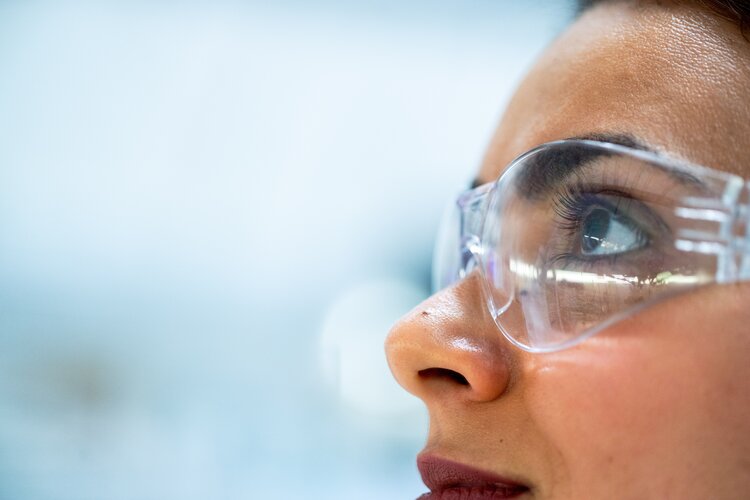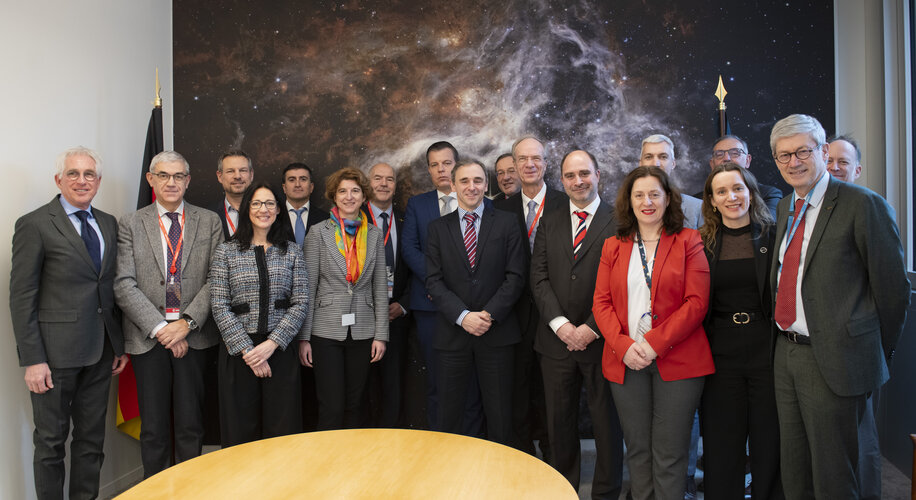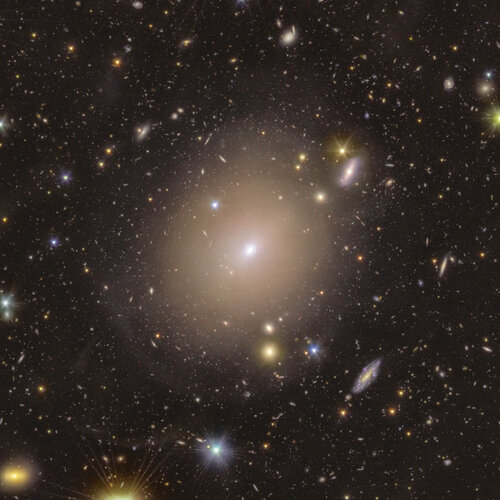
Copernical Team
Space Navigation and Plasma Crystal Research Lead Wednesday's Science Activities
 Wednesday aboard the International Space Station was marked by significant research efforts focused on space navigation and plasma crystal phenomena. The Expedition 72 crew also continued organizing cargo and tidying up after the recent spacewalk.
As humanity prepares for more distant missions beyond Earth's orbit, refining navigation systems remains a priority. NASA Flight Engineer Don Pe
Wednesday aboard the International Space Station was marked by significant research efforts focused on space navigation and plasma crystal phenomena. The Expedition 72 crew also continued organizing cargo and tidying up after the recent spacewalk.
As humanity prepares for more distant missions beyond Earth's orbit, refining navigation systems remains a priority. NASA Flight Engineer Don Pe How life's building blocks formed on early Earth examined through polyester protocell formation limits
 One prominent theory regarding the emergence of life on Earth suggests that simple chemical molecules progressively evolved into complex structures, eventually giving rise to protocells-rudimentary, non-living structures that preceded modern cells. A leading candidate for these protocells is polyester microdroplets, which arise through the polymerization of alpha-hydroxy acids (aHAs), compounds
One prominent theory regarding the emergence of life on Earth suggests that simple chemical molecules progressively evolved into complex structures, eventually giving rise to protocells-rudimentary, non-living structures that preceded modern cells. A leading candidate for these protocells is polyester microdroplets, which arise through the polymerization of alpha-hydroxy acids (aHAs), compounds Multinational research project shows how life on Earth can be measured from space
 Measurements and data collected from space can be used to better understand life on Earth.
An ambitious, multinational research project funded by NASA and co-led by UC Merced civil and environmental engineering Professor Erin Hestir demonstrated that Earth's biodiversity can be monitored and measured from space, leading to a better understanding of terrestrial and aquatic ecosystems. Hesti
Measurements and data collected from space can be used to better understand life on Earth.
An ambitious, multinational research project funded by NASA and co-led by UC Merced civil and environmental engineering Professor Erin Hestir demonstrated that Earth's biodiversity can be monitored and measured from space, leading to a better understanding of terrestrial and aquatic ecosystems. Hesti For astronaut radiation protection just add water
 Space presents significant hazards, particularly exposure to intense radiation. Without adequate shielding, space instruments may fail, and astronauts face serious health risks. Researchers at Ghent University in Belgium are investigating the effectiveness of 3D-printed hydrogels, highly absorbent materials that retain large amounts of water, as a novel approach to radiation shielding.
Rad
Space presents significant hazards, particularly exposure to intense radiation. Without adequate shielding, space instruments may fail, and astronauts face serious health risks. Researchers at Ghent University in Belgium are investigating the effectiveness of 3D-printed hydrogels, highly absorbent materials that retain large amounts of water, as a novel approach to radiation shielding.
Rad Mark Sykes' Statement in Support of Diversity, Equity, Inclusion, and Accessibility
 This is a statement by Planetary Science Institute CEO Mark V. Sykes, and reflects the values and principles that guide the daily management of and planning for this Institute under his leadership.
h4>Diversity, Equity, Inclusion, and Accessibility Are Important for the Workplace and Science /h4>
To the American Public and Government Officials:
I would like to share a positive
This is a statement by Planetary Science Institute CEO Mark V. Sykes, and reflects the values and principles that guide the daily management of and planning for this Institute under his leadership.
h4>Diversity, Equity, Inclusion, and Accessibility Are Important for the Workplace and Science /h4>
To the American Public and Government Officials:
I would like to share a positive Perseverance Rover's Groundbreaking Soil and Rock Samples
 NASA's Perseverance rover has successfully collected its first soil, airfall dust, and rock fragment samples, marking a historic step in Martian exploration. A new study highlights these early sample returns and their implications for understanding Mars' past.
Until now, the only Martian materials accessible to scientists were meteorites that naturally landed on Earth. However, thanks to N
NASA's Perseverance rover has successfully collected its first soil, airfall dust, and rock fragment samples, marking a historic step in Martian exploration. A new study highlights these early sample returns and their implications for understanding Mars' past.
Until now, the only Martian materials accessible to scientists were meteorites that naturally landed on Earth. However, thanks to N ESA celebrates International Day of Women and Girls in Science 2025

Today we mark the International Day of Women and Girls in Science. Join us in a journey around Europe with EIROforum organisations to discover the brilliant talents who are shaping the future of science and technology, and dive deeper into the story of a European Space Agency young professional making her way in space.
Forest mission on show

After years of meticulous development, ESA’s next Earth Explorer satellite, Biomass, is ready to be packed up for transport to Europe’s Spaceport in French Guiana, where it will launch aboard a Vega-C rocket this spring.
Before final preparations and shipment, media representatives had the exclusive opportunity today to see the satellite up close in the cleanroom at Airbus’ facilities in Toulouse, France.
ESA to develop optical technology for navigation

Optical technology has the potential to revolutionise the field of positioning, navigation and timing. To drive the development of this technology, ESA has signed a contract with a consortium of European companies that will conduct a definition study (Phase A/B1) and associated critical technology predevelopment.
This is the first step toward a potential in-orbit demonstrator for optical time synchronisation and ranging (OpSTAR) that will be proposed at the ESA Council at Ministerial Level in November 2025, to validate intersatellite optical links before future use in operational satellite navigation systems.
Euclid discovers a stunning Einstein ring

Euclid, the European Space Agency’s dark Universe detective, has made an astonishing discovery – right in our cosmic backyard.

